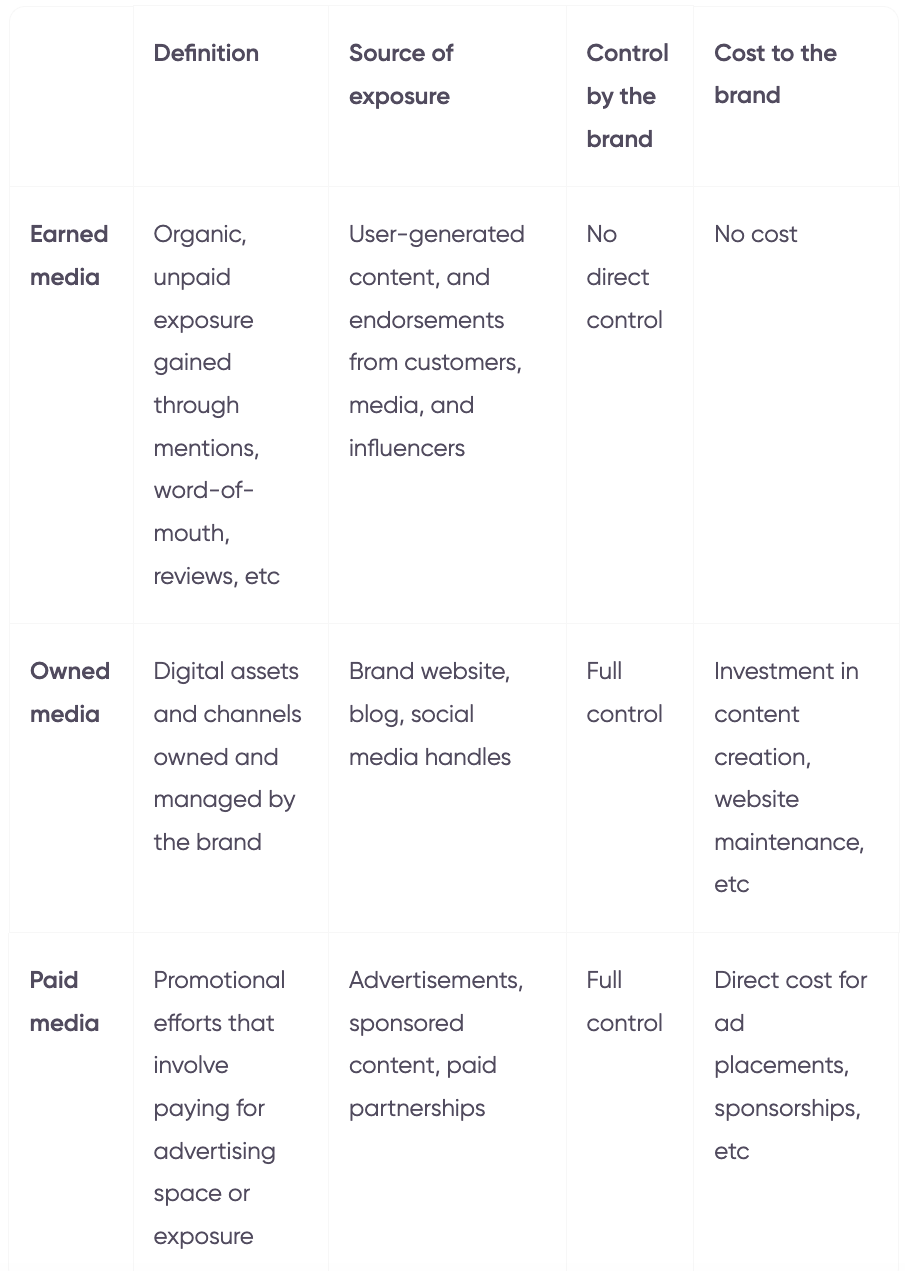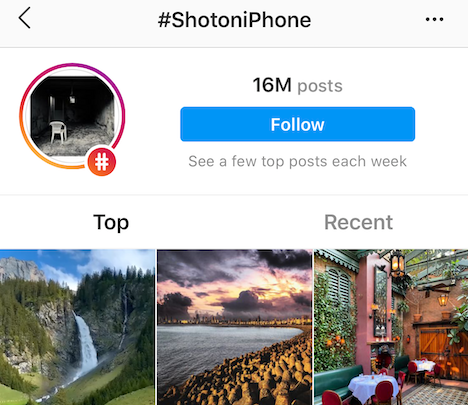You’re about to discover a universal truth: measuring earned media campaigns’ success is as crucial as a compass for a ship at sea. Without it, navigating through the noise and chaos of data gets harder than deciphering ancient hieroglyphics. Welcome to your lifeline: the insider’s guide crafted to help you decode these signs and symbols accurately.
Think of an ancient mariner lost at sea without his compass and map; that’s you without accurate measures of your campaign success. Done correctly, you are not just crunching numbers; you’re navigating your brand towards desired outcomes.
The era of crossing fingers post-launch and hoping for the best is long gone – precision, clarity, and strategy have taken the helm. Now, words like engagement, clicks, conversions, and impressions should be the North Star guiding the ship of your campaign. Ready to plot your course to success?
You see every year businesses worldwide spend over $700 billion on advertising, akin to buying around 14 thousand private islands. But how much value do they gain in return? How do you cut through the distracting noise of vanity metrics and embrace revealing actions? Stick with us, and you’ll discover meaningful ways to interpret the winning signals and navigate your brand towards triumphant shores. So, let’s chart the uncharted territories of accurate measurement together, shall we?
How to Accurately Measure the Success of Your Earned Media Campaigns
- Unlock your understanding of Earned Media Value (EMV)
- Discover the key metrics essential for tracking your earned media campaign’s performance
Understanding Earned Media Value (EMV)
Viewing the performance of your earned media campaign through the lens of Earned Media Value or EMV magnifies its impact in monetary terms. It’s a yardstick that converts the total audience your campaign reached and engaged into a corresponding ad spend equivalence. Picture this – every like, share, mention, or follower on your brand’s social media isn’t merely a casual interaction; it’s the measure of value your campaign has generated.
Understanding EMV empowers tech-savvy entrepreneurs and businesses to quantify the efforts invested in earned media strategies.
The intricacies of EMV calculation could range from one platform to another. The best way to get precise results is by creating a custom equation that takes into account unique factors affecting your business. Revealing the monetary equivalent of your social interactions sheds light on the hidden value media campaigns unlock.

Key Earned Media Metrics to Track
Just as the compass guides the sailor, metrics guide your earned media strategy towards success. Tracking metrics transforms raw data into actionable insights that subsequently pave the route to help you measure earned media campaigns and improve their performance.
- Media Impressions offer a glimpse into your campaign’s reach. They denote the number of times users stumble upon your content during their online journey, even if they do not interact. This metric rewards your visibility factor.
- Media Engagement reflects the number of interactions your content initiates. These could be likes, shares, comments, or any type of action taken by the audience on your content. This metric underlines the response churned out by your campaign.
- Looking at the Sentiment Analysis draws a clear picture of the audience’s response. shifting perspective from quantity to quality, from who saw it to who liked it, thus discerning how your brand is perceived.
In essence, by understanding the dynamics of EMV, tracking integral metrics, and approaching data with a qualitative lens, you can accurately calculate earned media value. Remember – numbers never lie!
Enhancing the Impact of Your Earned Media Campaigns
- Earn the respect of your audience by understanding and leveraging earned media placements
- Boost your brand’s relevance, authority, and visibility with the strategic use of earned media
Importance of Earned Media Placements
Earned media placements are an extension of your brand’s image, originating from channels outside your direct control. They are generated as a result of customer interactions, expert opinions, and the public interest in your brand.
When you make a positive impact, people naturally talk about your brand, share your content, and write about your company. This organic word-of-mouth has immense value – for a few reasons.
One, it drastically enhances your brand’s credibility. When consumers see others like them talking enthusiastically about your brand, they are likely to join the bandwagon. Two, earned media placements drive exponential brand awareness. When a thought-leader mentions your brand, their audience is introduced to your brand. This is the key to a successful influencer marketing strategy.
Finally, earned media placements help you improve your SEO ranking. In the digital age, when someone talks about your brand, they are likely to link to your website. These backlinks improve your search engine ranking, driving increased organic traffic.

Leveraging the benefits of earned media
Leveraging earned media is a strategic necessity for any brand investing in media campaigns. To make the most out of your earned media, you have to take a proactive approach.
- Nurture relationships with influencers: A simple shout-out or mention from an influencer who has the ear of your target audience has the power to scale your reach significantly.
- Create content that encourages shares and mentions: This means crafting content that resonates with your audience, solves their challenges, engages them, and exhilarates them enough to share it further.
- Get creative: Use videos, podcasts, infographics, or whatever form of content that captivates your audience the most.
- Track your earned media: Monitoring and analyzing data related to earned media placements will help you understand where your strengths lie and identify areas to improve.
By actively focusing on these areas, you can enhance the effects of your earned media, ultimately boosting your brand’s relevance, authority, and visibility.
Throughout your earned media campaigns, remember that these techniques are not meant to manipulate your audience. Instead, think of them as an extension of your commitment to tailored, valuable messaging for your audience.
Understanding the Broader Context: Paid, Owned, and Earned Media
Earning your media coverage is certainly more cost-effective and impactful, but let’s not isolate it from the larger media landscape. Grasping the interconnectedness of paid, owned, and earned media is crucial for a holistic integrated media strategy.
- You will learn how paid, owned, and earned media differ and interplay.
- This section will help you plan a balanced media strategy that delivers the best results for your campaign.
Defining Paid, Owned, and Earned Media
Paid media: Any promotional activity that you pay for. Companies opt for this to rapidly boost brand exposure. It could range from paid advertising campaigns, display ads to sponsored posts.
Owned media: Any web property that your company owns, like your website, blog or your social media pages. Owned media provides control over your content and messages.
Earned media: The publicity gained organically through marketing or promotional efforts. The significant aspect here is that it’s entirely unsolicited and naturally occurring. Product reviews, guest posts, word of mouth, conversations of social media platforms and media coverage fall under this category.
Balancing Your Media Mix
With the understanding of the three types of media, let’s move to designing a balanced media mix. Paying for quick visibility, owning for controlled messaging, and earning for credibility – your media strategy should encapsulate all these elements for maximum impact.
Balancing does not mean equal distribution to earned, owned, or paid channels. It involves identifying which media type suits your campaign best. For instance, a product launch campaign might focus more on paid media for greater reach, while thought leadership efforts could lean more into earned media.
Always remember, earned media isn’t just about cost-saving but building long-term trust and brand value. And, it’s okay if your earned media campaigns don’t immediately show prolific results. Have patience and persist in your efforts. Your owned and paid media efforts would reinforce the earned media strategies, setting up a favourable ecosystem for your campaign to thrive.
Organizations that master this balance will invariably see the success of their earned media campaigns.

Case Study: Successful Earned Media Campaigns
- Discover how two distinct campaigns leveraged earned media successfully.
- Learn the strategies employed and the subsequent results that ensued.
- Reflect on these tactical case studies to understand potential paths to your own earned media success.
Case Study 1: Shot on iPhone
We know Apple is a marketing powerhouse, but we have to give credit where it’s due and this is an excellent case study for earned media value. The #Shot on iPhone campaign aimed at brand amplification through customer testimonials and viral marketing efforts. Positioned as an organic promotional method, this strategy hinged on the phrase, “Word of mouth is the best advertisement.”
The company recognized that evidence of the quality of their product from satisfied customers held more persuasion power than any paid or owned media content. By focusing on user-generated content, they were able to grow brand and product awareness cost-effectively.
The second pillar of their strategy was leveraging viral marketing. By creating compelling and shareable content, they initiated a ripple effect where their audience became an active participant in spreading the company’s message. This created a sense of communal involvement, enhancing the company’s relationship with its customers.

Case Study 2: Iceland Groceries
The second case study illustrates a company that incorporated public relations (PR) initiatives with influencer partnerships to boost their earned media coverage and overall customer satisfaction.
Iceland Groceries realized they had a poor customer approval rate of just 10%, despite multiple campaigns that featured high-profile celebrities in the UK. This is when they realized they needed to work on their earned media value by partnering with reputable influencers in their industry.
They targeted mom influencers with busy lifestyles to reach their target audience. The influencers lent their credibility to the brand, expanding their audience reach and enhancing their reputation.
Their approval rating shot up to an impressive 70%!

Both these case studies demonstrate that effective earned media campaigns need not be complex or costly; they simply require some out-of-the-box thinking, an understanding of your audience, and a strategic approach to leverage positive brand interactions.
Remember, there is no one-size-fits-all strategy for earned media success. It’s all about finding what works for your brand and continuously adapting and evolving your approach based on the changing landscape and audience behavior.
Remember, each road to success is unique. Stay adaptable, stay strategic, and most importantly, stay true to your brand’s message.
Fine-Tuning Success: Tying Up Your Earned Media Metrics
Success in earned media campaigns hinges largely on the right goals, a solid metrics system and a thorough, regular review of data. Stay agile and adapt based on these insights.
The value here lies in your ability to accurately gauge your campaign’s success using the tools at your disposal. This knowledge means your decision-making becomes data-driven, your strategies more evolved, and your results more fruitful.
Now, it’s time to roll up your sleeves. Apply these measures to your upcoming campaigns. Define your goals clearly, work on your measurement framework, and remember to periodically review your metrics.
Let me leave you with this: How would you redefine your current evaluation metrics to better serve your campaign goals?
Remember, there’s always room to refine your measure of success. Your earned media is only as triumphant as the metrics you use to define it.

